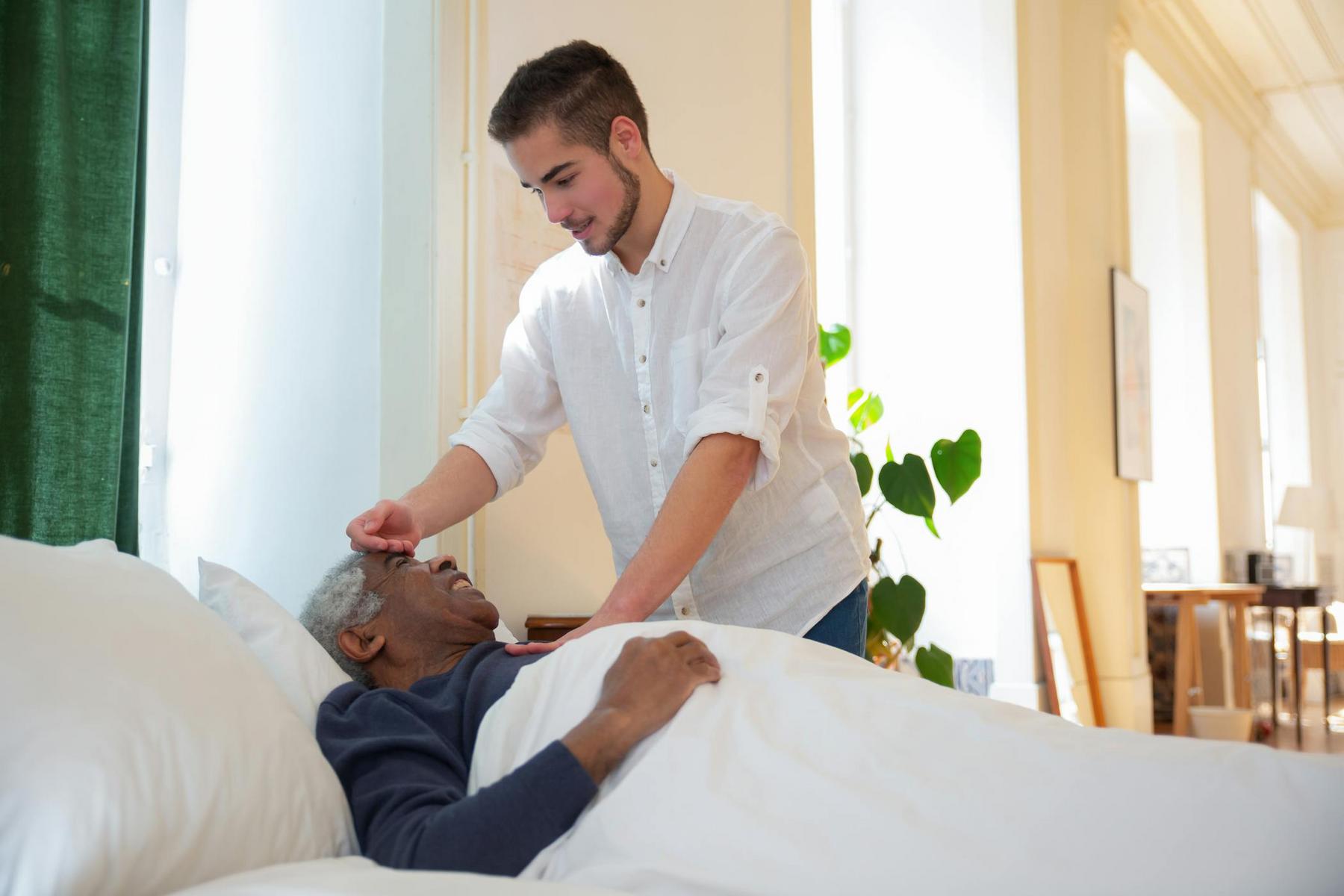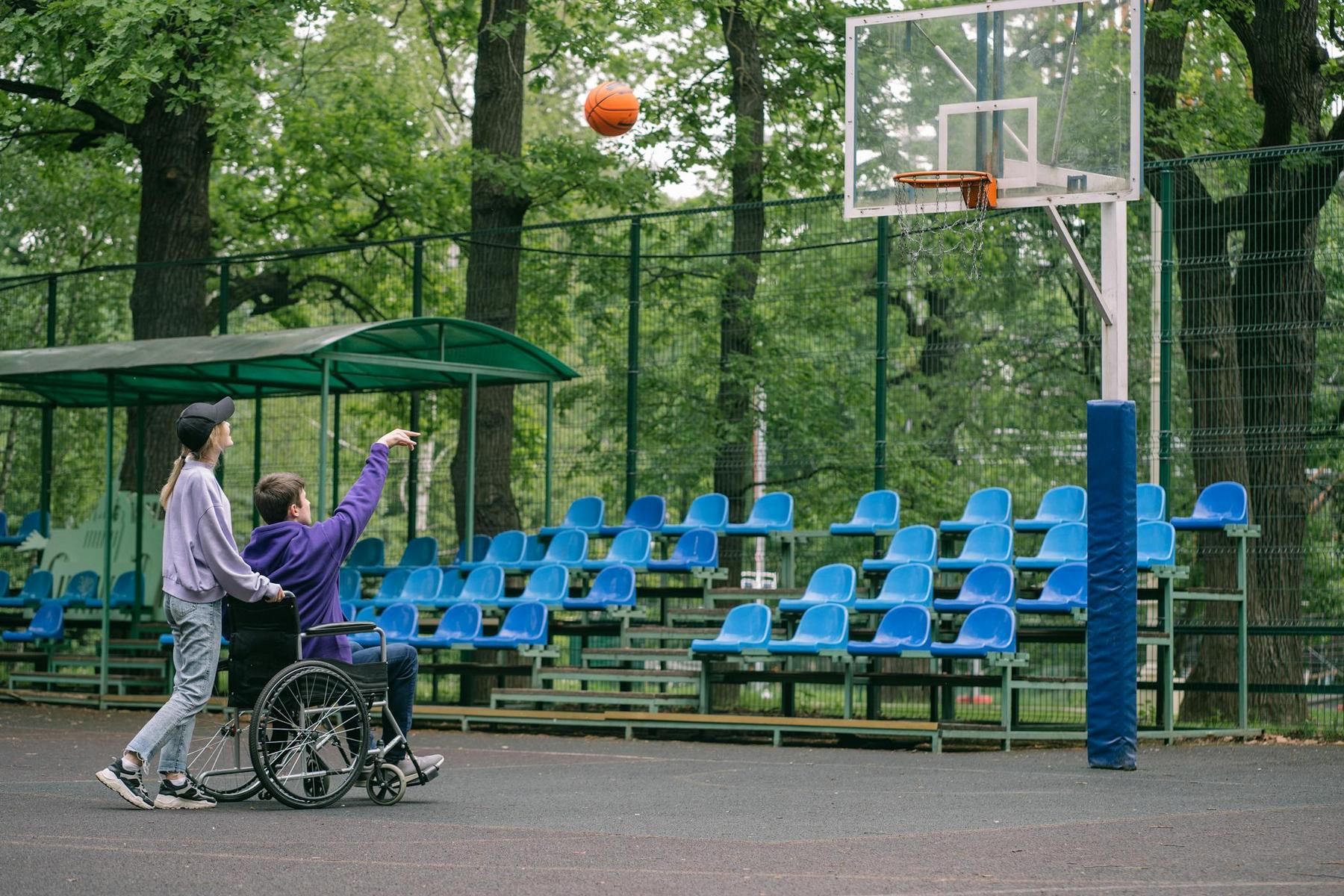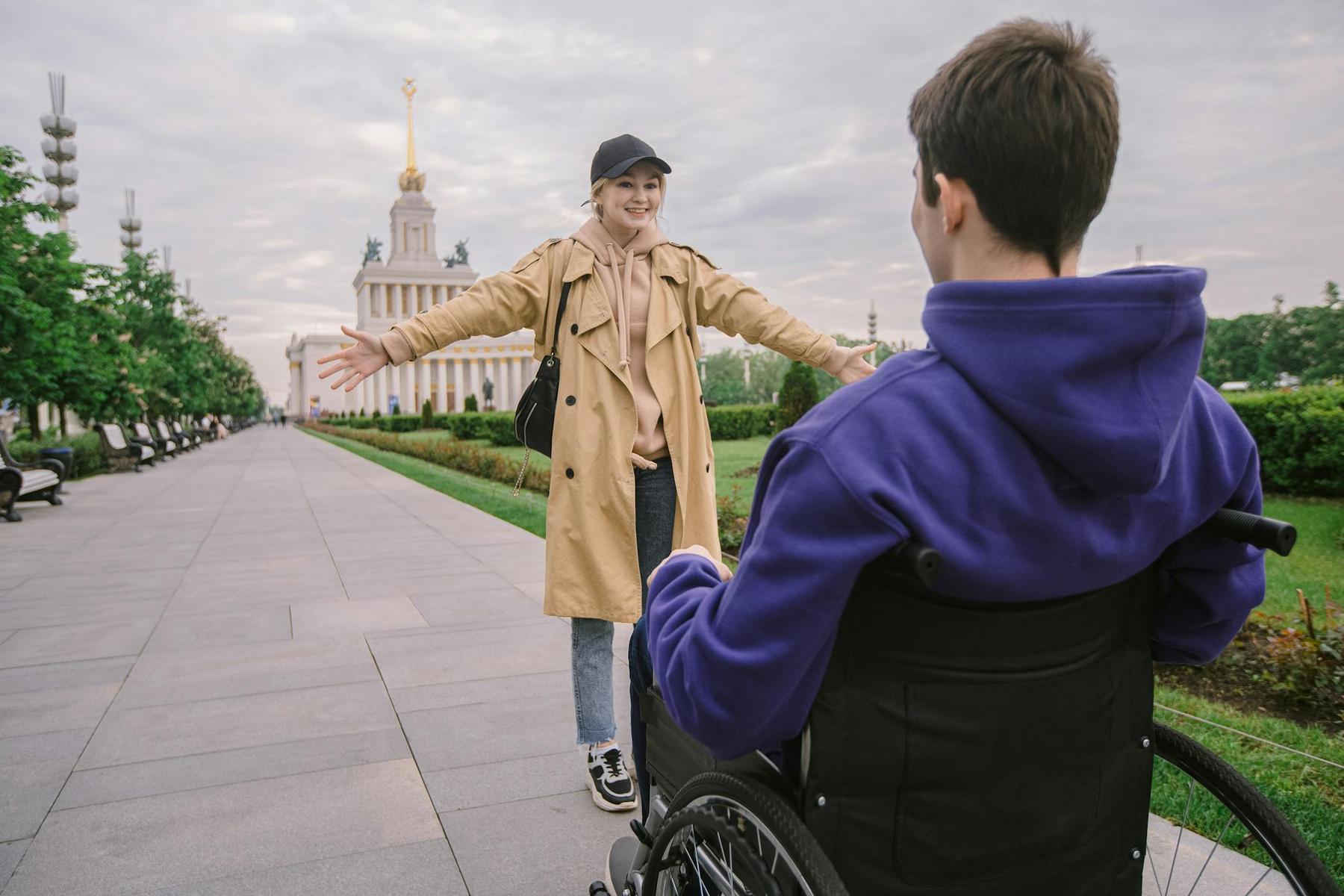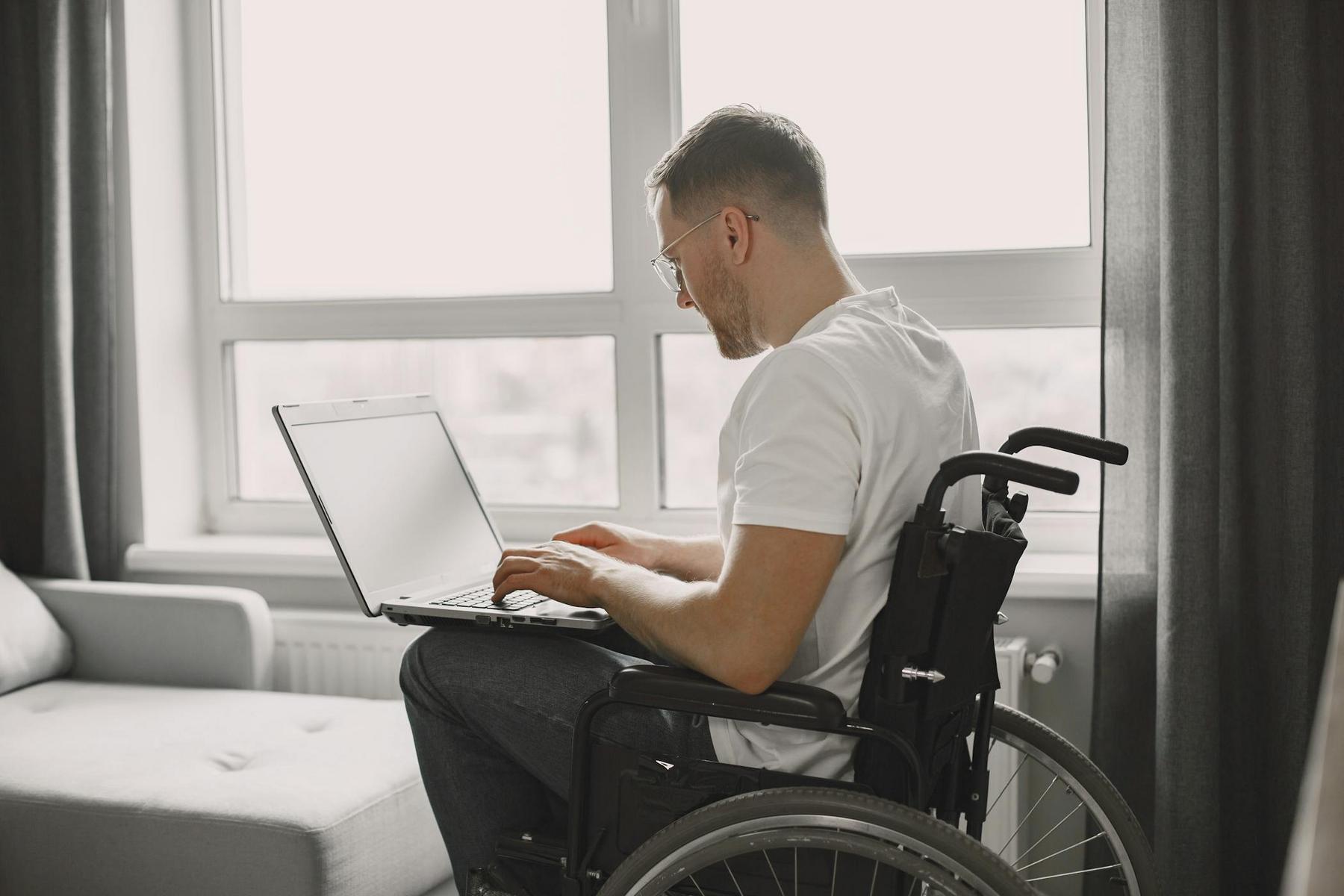Creating a supported living environment that prioritises both safety and dignity represents one of the most significant challenges facing disability care providers today. For individuals with disabilities and their families in Cairns, the balance between protection and personal autonomy can seem impossibly delicate. Yet this balance isn’t just achievable—it’s essential for fostering environments where residents truly thrive rather than merely survive.
The journey towards ensuring safety and dignity in supported living homes requires understanding that these two principles aren’t opposing forces, but complementary aspects of quality care that work together to create spaces where individuals can live fulfilling, self-determined lives whilst receiving the support they need.
What Are the Core Safety Requirements for Modern Supported Living Homes?
Establishing comprehensive safety protocols begins with understanding the regulatory framework that governs supported accommodation in Queensland. The NDIS Quality and Safeguards Commission’s enhanced standards mandate that all supported independent living (SIL) providers implement robust risk management systems that go far beyond basic compliance.
Physical safety infrastructure forms the foundation of secure living environments. Following Queensland’s adoption of enhanced fire safety legislation, all NDIS-funded residences must install AS 2118.4-compliant sprinkler systems alongside interconnected photoelectric smoke alarms. These measures have proven remarkably effective, with data showing an 82% reduction in fire-related fatalities in high-support settings where evacuation times may exceed seven minutes.
Environmental safety extends to architectural design elements that prevent accidents whilst maintaining accessibility. The implementation of Queensland’s Livable Housing Design Standard requires new constructions to feature wider doorways (minimum 850mm), step-free showers, and reinforced bathroom walls capable of supporting grab bars. These structural modifications significantly reduce fall risks whilst supporting residents’ independence.
Technology-Enhanced Safety Measures
Modern supported living homes increasingly integrate smart home technologies to enhance safety without compromising privacy. AI fall detection systems analyse gait patterns to alert staff before incidents occur, whilst biometric entry systems prevent unauthorised access while ensuring emergency services can respond quickly when needed.
How Can Providers Balance Safety Protocols with Personal Dignity?
The concept of dignity of risk represents a fundamental shift in how we approach safety in supported living environments. Rather than wrapping residents in protective measures that limit their choices, effective providers implement the NDIA’s Participant Safeguarding Policy, which enshrines residents’ right to “explore new opportunities through informed choice” whilst conducting individualised risk-benefit analyses.
Practical applications of dignity preservation include controlled substance programs that allow moderate alcohol use with appropriate monitoring, community access protocols using GPS-enabled devices for unsupervised outings, and privacy policies that ensure residents have personal space for relationships and intimate moments.
Cultural competency plays a crucial role in maintaining dignity, particularly in diverse communities like Cairns. With 28% First Nations and 15% Pacific Islander populations, effective providers develop multilingual care plans co-designed with local Elders and cultural brokers, accommodate traditional dietary requirements, and respect cultural practices such as Sorry Business protocols during family bereavements.
| Safety & Dignity Balance Framework |
|---|
| Traditional Safety-First Approach |
| Restricted movement and activities |
| Generic safety protocols |
| Limited community access |
| Standardised care routines |
| Protective oversight |
| Institutional-style environments |
What Role Does Staff Training Play in Maintaining Safety and Dignity?
Workforce development represents the cornerstone of successful safety and dignity integration. Queensland’s SIL Workforce Blueprint mandates 160 hours of scenario-based training covering de-escalation techniques that avoid restraints, trauma-informed care that recognises triggers from institutionalisation histories, and assistive technology troubleshooting for voice-activated environmental controls.
Research demonstrates that appropriate staff-to-resident ratios significantly impact safety outcomes. Data from over 1,075 SIL sites reveals that 1:3 daytime staffing minimises critical incidents by 37% compared to 1:4 ratios, whilst night shifts require 1:5 ratios supported by comprehensive duress alarm systems linking directly to on-call responders.
Effective training programs emphasise understanding each resident’s unique communication style, personal triggers, and individual goals. This personalised approach enables staff to provide safety oversight that feels supportive rather than restrictive, fostering trust and cooperation that ultimately enhances both safety and quality of life outcomes.
How Should Providers Handle Crisis Situations While Preserving Dignity?
Crisis management in supported living environments requires carefully structured protocols that prioritise both immediate safety and long-term dignity preservation. The NDIS Commission’s four-stage incident response process provides a framework that ensures thorough documentation whilst maintaining respect for those involved.
Immediate stabilisation utilises trauma kits and designated quiet spaces to de-escalate situations without resorting to restrictive practices. Staff training emphasises verbal de-escalation techniques and environmental modifications that can prevent crises from escalating whilst preserving the resident’s sense of control and agency.
Post-incident procedures include participant debriefing within 48 hours using appropriate communication supports, ensuring that residents understand what occurred and have input into preventing future incidents. Root cause analysis applies systematic approaches to identify underlying factors that contributed to the crisis, leading to environmental or support modifications that reduce future risks.
Documentation and Learning
Comprehensive incident documentation serves multiple purposes: ensuring regulatory compliance, identifying patterns that require intervention, and creating learning opportunities that improve overall service quality. Digital systems enable real-time reporting whilst protecting privacy through encrypted storage and access controls.
What Technologies Can Enhance Both Safety and Independence?
Modern assistive technologies offer unprecedented opportunities to enhance safety whilst promoting independence in supported living environments. Smart home systems can monitor environmental conditions, track daily routines, and alert staff to unusual patterns without intrusive surveillance.
Voice-activated controls enable residents to manage lighting, temperature, and entertainment systems independently, whilst medication management systems ensure proper adherence without compromising autonomy. These technologies work best when residents maintain control over their activation and use, preserving the dignity of choice whilst providing necessary safety support.
Data privacy considerations remain paramount in technology implementation. Effective systems comply with Queensland’s Information Privacy Act 2009, utilise encrypted data storage, and provide user-controlled features that allow residents to disable recording in private areas when desired.
Looking Forward: The Future of Safe and Dignified Supported Living
The evolution of supported living continues towards increasingly personalised, rights-based approaches that recognise residents as whole individuals rather than collections of support needs. Emerging trends include outcome-based funding models that tie payments to quality-of-life metrics, co-research initiatives that engage residents as paid advisors in safety system design, and architectural innovations that seamlessly integrate safety features into attractive, home-like environments.
Advanced providers understand that true safety emerges from environments where residents feel respected, heard, and valued. When individuals have genuine input into their care arrangements, maintain control over personal decisions, and live in spaces that reflect their preferences and cultures, they become active partners in their own safety rather than passive recipients of protection.
The most effective supported living homes create cultures where safety and dignity reinforce each other. Residents who feel respected and empowered are more likely to engage cooperatively with safety protocols, communicate openly about concerns, and take appropriate personal responsibility for their wellbeing. This collaborative approach results in environments that are both safer and more fulfilling for everyone involved.
What are the minimum safety standards for supported living homes in Queensland?
Queensland supported living homes must comply with NDIS Practice Standards including AS 2118.4-compliant sprinkler systems, interconnected smoke alarms, accessible design features meeting Livable Housing Design Standards, and comprehensive risk management systems with documented protocols for hazard identification and incident response.
How can families ensure their loved one’s dignity is preserved in supported living?
Families should look for providers that implement dignity of risk frameworks, offer personalised care plans developed with resident input, respect cultural and personal preferences, provide private spaces for relationships and personal activities, and involve residents in decision-making about their care and support arrangements.
What staff qualifications should quality supported living providers maintain?
Quality providers ensure staff complete 160 hours of scenario-based training covering de-escalation techniques, trauma-informed care, assistive technology use, and cultural competency. Staff should hold relevant qualifications, undergo comprehensive background screening, and participate in ongoing professional development focused on person-centred support approaches.
How do modern supported living homes use technology to enhance safety?
Contemporary facilities integrate AI fall detection systems, biometric entry controls, smart medication management, voice-activated environmental controls, and GPS-enabled community access supports. These technologies are implemented with strong privacy protections and user control features that preserve resident autonomy whilst enhancing safety.
What should I look for when choosing a supported living provider in Cairns?
Evaluate providers based on their approach to balancing safety with independence, staff training and qualification standards, use of person-centred planning, respect for cultural diversity, integration of appropriate technologies, transparent incident management processes, and demonstrated commitment to treating residents with dignity and respect in all interactions.



